Optimal Timing for Wood Furniture Repairs
Timing can significantly influence the success of wood furniture repairs. Optimal conditions involve stable humidity and temperature levels to prevent further damage or warping. Repair projects are best scheduled during periods of moderate climate to ensure materials and finishes cure properly and adhere effectively.
Spring and fall often offer the most stable weather, making them ideal for repairs. Extreme heat or cold can hinder the curing process of finishes and adhesives.
Low to moderate humidity reduces the risk of wood expanding or contracting, which can compromise repair quality. Avoid repairs during high humidity or damp conditions.
Indoor repairs provide controlled environments, minimizing environmental variables. Outdoor repairs are suitable only when weather conditions are predictable and stable.
Major repairs requiring extensive refinishing should be scheduled during periods of low humidity to ensure proper drying and curing.
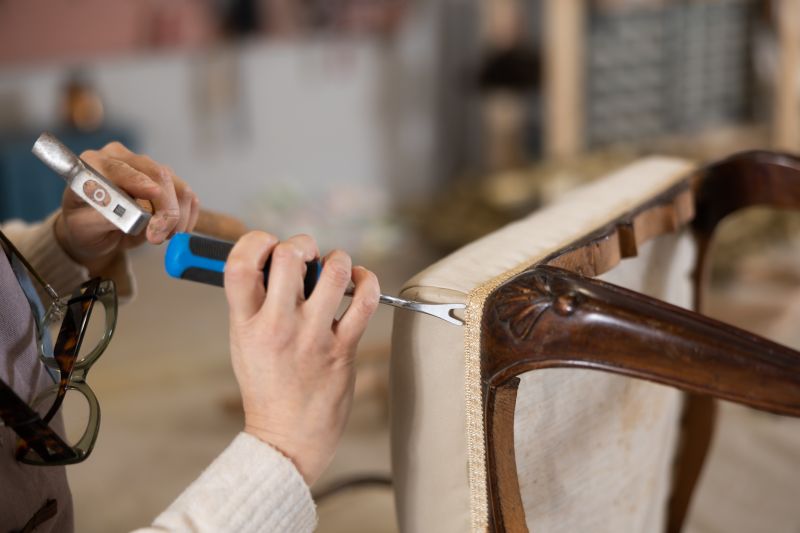
Spring offers ideal conditions for detailed repairs due to moderate temperatures and humidity.

Fall's stable weather helps ensure finishes cure properly and repairs last longer.
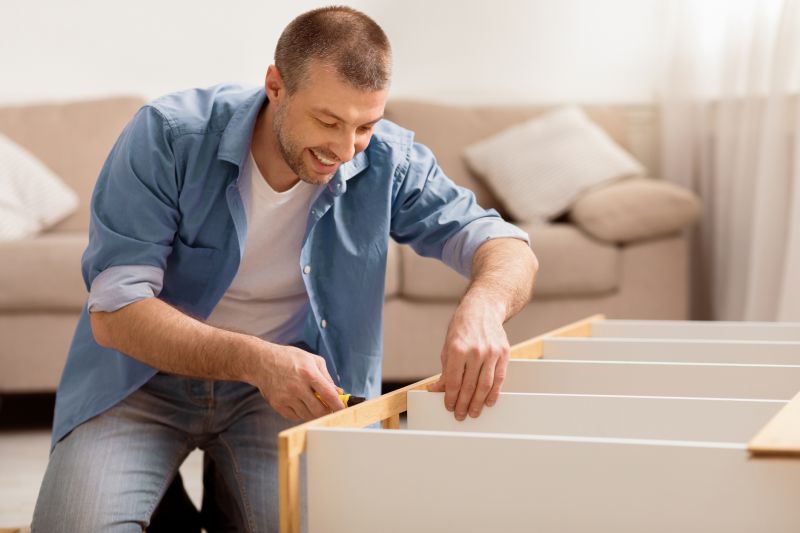
Indoor repairs provide controlled conditions for precise work and optimal drying.

Ways to make Wood Furniture Repairs work in tight or awkward layouts.

Popular materials for Wood Furniture Repairs and why they hold up over time.
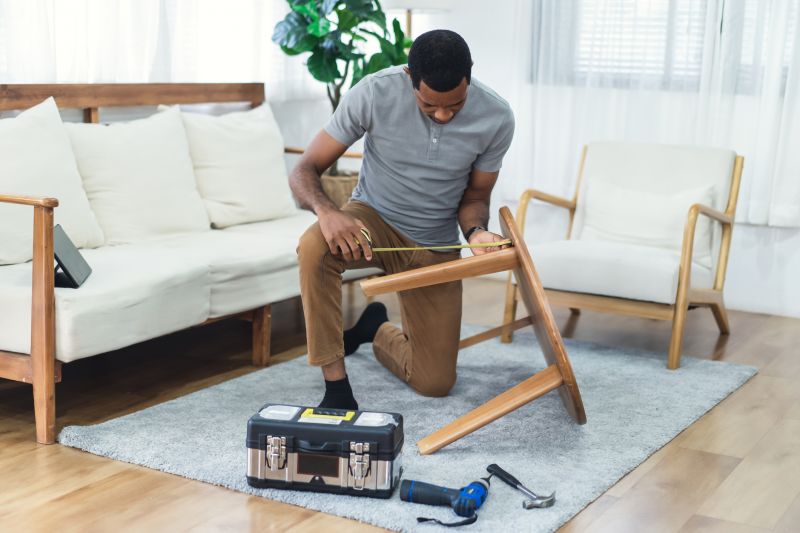
Simple add-ons that improve Wood Furniture Repairs without blowing the budget.
| Ideal Repair Conditions | Notes |
|---|---|
| Moderate Temperature | Between 65°F and 75°F for optimal curing. |
| Low Humidity | Below 50% relative humidity is preferable. |
| Stable Climate | Avoid periods of rapid temperature or humidity changes. |
| Indoor Environment | Provides consistent conditions for detailed repairs. |
| Post-Repair Curing Time | Allow sufficient time for finishes to dry before use. |
| Avoid Extreme Weather | Heavy rain, snow, or heat can compromise repair quality. |
Wood furniture repairs encompass a variety of techniques including filling, sanding, staining, and refinishing. Proper timing ensures these processes are effective and durable. Environmental factors such as humidity and temperature directly impact the adhesion of finishes and the stability of repaired wood surfaces. Statistics indicate that repairs conducted during optimal conditions have a 30% higher success rate in durability and appearance. Properly timed repairs can extend the lifespan of furniture and restore its aesthetic appeal, saving costs over replacement.

Step-by-step restoration ensures quality results.
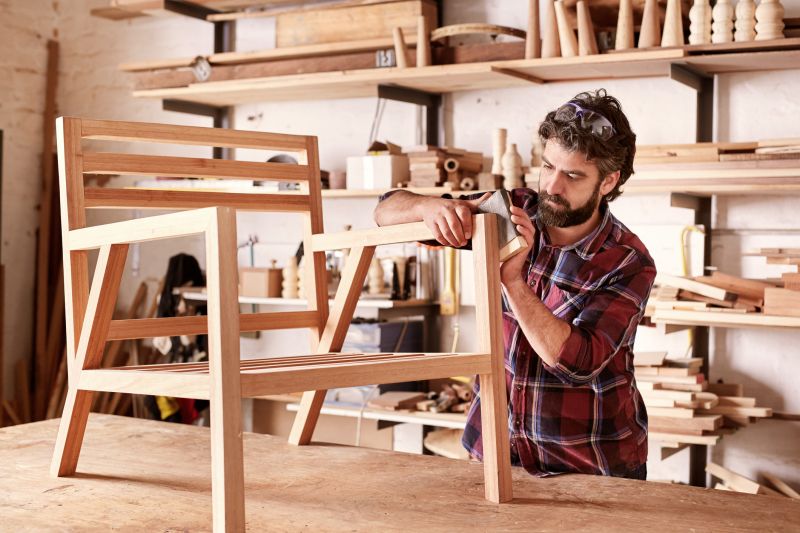
Transformations highlight the importance of timing.

Proper tools are essential for precise repairs.
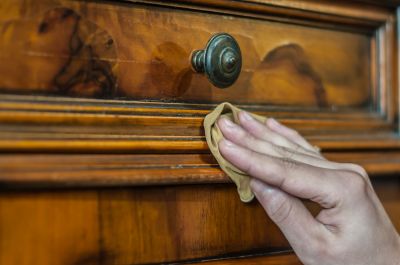
Final finishes protect and beautify repaired furniture.
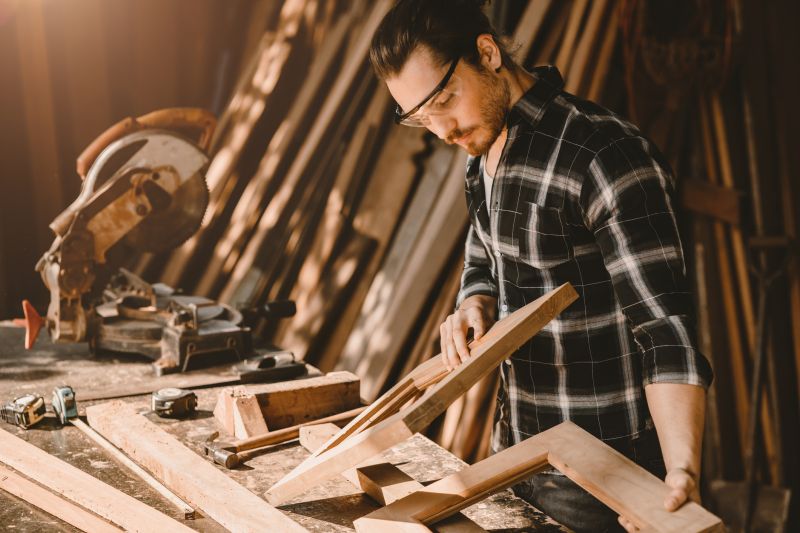
High-end options that actually feel worth it for Wood Furniture Repairs.
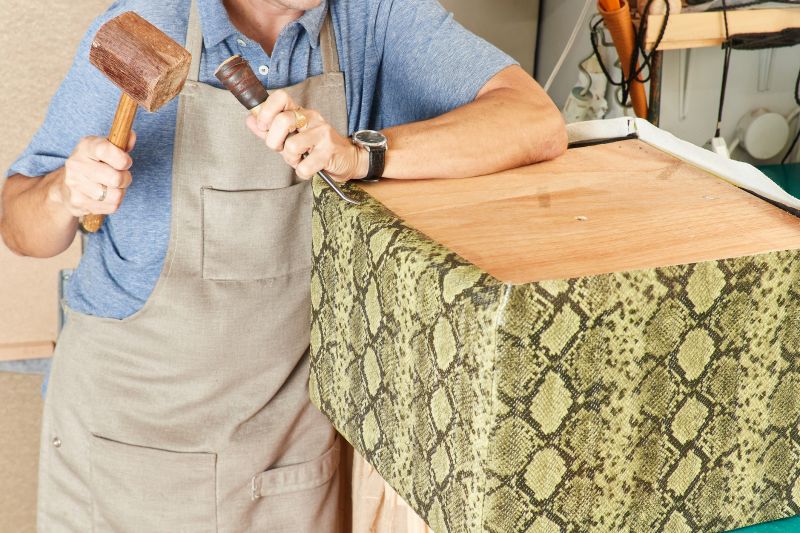
Finishes and colors that play nicely with Wood Furniture Repairs.

Little measurements that prevent headaches on Wood Furniture Repairs day.
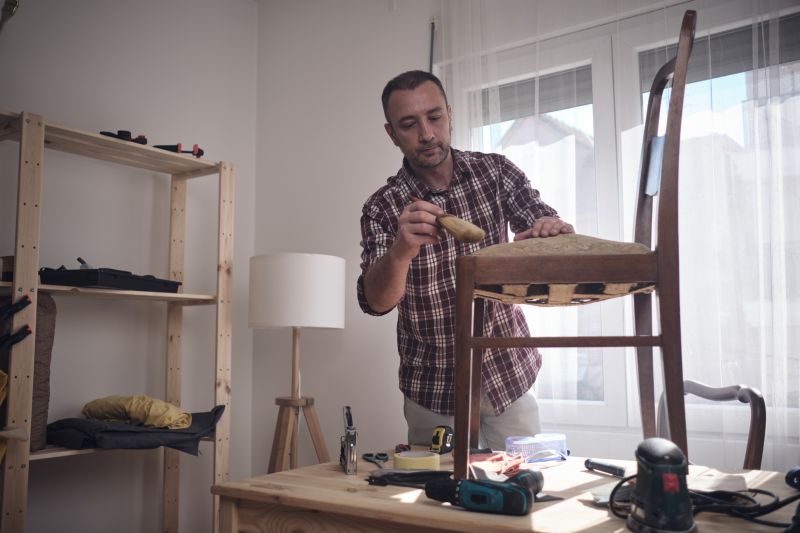
A 60-second routine that keeps Wood Furniture Repairs looking new.
Interested in restoring or repairing wood furniture? Filling out the contact form can connect with professionals experienced in optimal timing and techniques for lasting results. Proper scheduling and environmental control are key to achieving the best possible outcome for wood furniture repairs.
